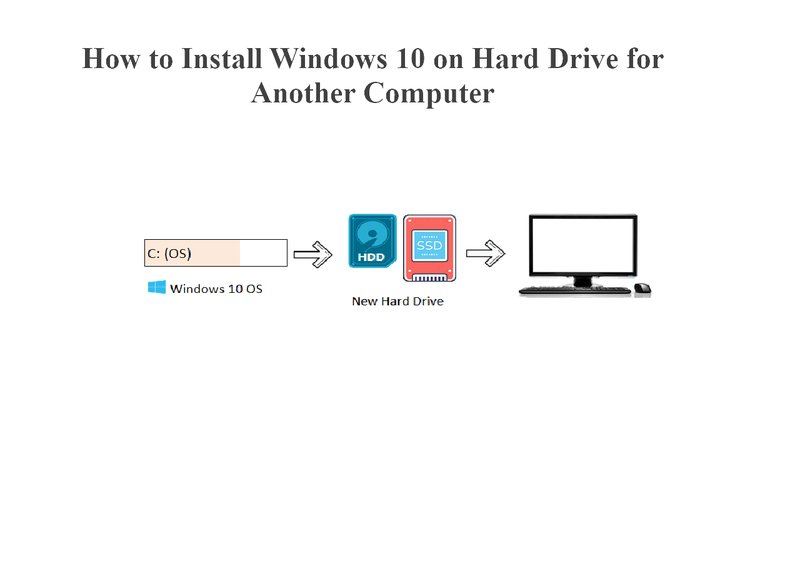
You might be looking to install these for your own front door, an apartment entry, or even a business with sensitive stuff inside. The process isn’t rocket science, but there are a few details you’ll want to know before grabbing your screwdriver—especially since installing a non-removable pin hinge is a bit different from the old standard DIY hinge swap. Let’s walk through exactly how to install this specific type of hinge, what makes it unique, and why the details really matter.
What Makes a Non-Removable Pin Hinge Special?
Here’s the thing—a regular door hinge is kind of like a zipper on your backpack. As long as nobody fiddles with it, you’re safe. But if the pin’s exposed, a determined person with a tool could pop the hinge apart and slip in quietly, especially if the door swings outward.
A *non-removable pin hinge* solves that weakness. The pin is either crimped at the top and bottom, or there’s a hidden set screw or tab that locks it in place. In brands like National Hardware and Stanley, you’ll find subtle differences in how the pins stay put, but the big idea is the same. This feature means even if someone takes out the exposed screws, the pin won’t simply slide out, keeping your door securely on its hinges.
Think of it like having an extra bolt on your lock—but built right into the hardware. These hinges are especially popular on exterior doors, garage entryways, and any situation where you want to keep things seriously secure.
Parts and Tools You’ll Need to Get Started
Before diving in, let’s talk through what you’ll need. There’s nothing worse than being halfway into an install and realizing you’re missing something. For a typical non-removable pin hinge installation, gather these basics:
- Non-removable pin hinges (double-check that you have the right size and finish)
- Screwdriver (usually Phillips for residential hardware)
- Wood screws (often included, but always good to check—they’re specific to your hinge’s brand and door type)
- Drill and drill bits (for pilot holes, especially on hardwood)
- Measuring tape and pencil (for marking your hinge locations with precision)
- Chisel and hammer (if you need to deepen an existing hinge mortise or cut a new one)
You might also want a simple bubble level to keep everything lined up—trust me, a slightly crooked hinge will drive you nuts every time you open the door. If you’re swapping out an old hinge and using the same mortises, you can usually skip the chisel and hammer.
Removing the Old Hinges: Do’s and Don’ts
Let me explain how to safely remove your door and the old hinges without creating a headache. First, prop the door open and, if you have one, loop a bungee cord around the handle and a nearby sturdy object. Nobody enjoys a door falling on their foot.
Start by unscrewing the hinges from the jamb (the frame side) first, *not* the door leaf side. Why? Because once you start removing the door-side screws, you’ll need to support the weight of the door. I like to use a wedge or even a thick folded towel under the door to take the weight.
Once the screws are out, gently wiggle the door free from the opening. Lay it flat on a padded surface. Now, unscrew the hinges from the door itself. If you’re dealing with old, painted-over screws, a little patience and a dab of WD-40 can work wonders.
Tip: Keep track of which screws came from which spot—the jamb screws are often longer to grab onto the framing.
Marking and Fitting the New Non-Removable Pin Hinges
Honestly, this step can feel a bit like a puzzle, especially if you’re dealing with a new door or frame that hasn’t had hinges before. But even if you’re just upgrading to non-removable pin hinges, you’ll want to make sure the fit is perfect.
Start by holding the new hinge in place over the existing mortise on the door edge. Check if it lines up with the old outline. Most modern hinges are standardized, but if yours is a bit larger or smaller, use a pencil to trace the outline for the mortise.
If you need to deepen or widen the mortise, grab your chisel and gently shave away small amounts of wood, testing the fit as you go. You want the hinge leaf to sit flush with the door edge—if it sticks out, the door might not close smoothly.
Next, repeat the same process for the door jamb. Double-check that the non-removable pin side is facing out—this is key for security! For most security hinges, there will be a marking or visible screw that tells you which side is which.
Attaching the Hinges to the Door and Frame
Now for the part where it all comes together. Align the hinge’s holes with the pilot holes on the door edge. If there aren’t any, use a drill bit that’s slightly smaller than your screws to make guide holes. This makes screwing in easier—and avoids splitting the wood.
Hold the hinge leaf flat against the mortise, and drive in the screws. I always start with the top and bottom screws, then fill in the rest. Repeat this for each hinge on the door. It’s tempting to over-tighten, but *don’t*. You want the screws just snug—cranking them too tight can strip the holes or warp the hinge.
With all the hinge leaves attached to the door, lift the door into the frame. This is easier with two people, but you can manage solo with a wedge or a stack of books supporting the door bottom. Line up the hinge leaves on the jamb, and repeat the process—driving in the jamb screws. *Check that the door swings smoothly and lines up with the latch plate before tightening everything down.*
Locking the Pin and Testing the Security Feature
You might be wondering, “How do I actually lock the pin?” Here’s where specific brands make a difference. On a Stanley security hinge, you’ll see a tiny set screw on the bottom or side. Once installed, simply tighten this down with a small Allen wrench to lock the pin in place. For National Hardware, the pin is often crimped or “peened” so it can’t be removed unless you use a special tool.
After installation, try to slide the pin out with a punch or tap—it shouldn’t budge. That’s your test. If it does move, double-check that the set screw is fully tightened, or that you have the correct side facing out. These small steps are easy to skip, but they’re the whole point of the security design.
What makes this more secure than a regular hinge? Even if an intruder removes the hinge screws from outside, the pin stays locked within the barrel. The door’s not coming off unless you want it to.
Common Installation Problems (and How to Troubleshoot)
You install everything, feel proud, and then—the door rubs, sticks, or doesn’t close right. It happens to everyone. Here’s how to fix it:
- Door won’t close flush: The hinges might not be deep enough in the mortise, or they’re not sitting flat. Take the door down and adjust the mortise with a chisel.
- Door is crooked or sags: This usually means the hinges aren’t aligned vertically. Use a level and adjust as needed. If the door is too heavy for two hinges, consider adding a third in the middle.
- Pin seems loose: For set screw models, check that it’s fully tightened. For crimped hinges, make sure the correct side is facing out and that you didn’t accidentally knock the crimp loose during install.
Sometimes, you’ll see doors that don’t swing smoothly after installation. Lubricate the hinge barrels lightly with silicone spray or a dab of petroleum jelly. No need to overdo it—you don’t want drips.
Pro Insight: If your door is exposed to a lot of weather, opt for stainless steel or brass non-removable pin hinges. They won’t rust or seize up over time.
Comparing Security Hinges to Regular and Removable Pin Types
If you’re still on the fence about whether this is worth the effort, let’s compare options. A standard removable pin hinge is fine for most interior doors. It’s cheap, simple, and easy to replace. But on any exterior door—especially ones that swing out—using a regular hinge is like locking your car but leaving a window open.
Universal hinges with removable pins are easy to install and swap, but they’re a weak link for security. Security hinges, especially non-removable pin designs from brands like Stanley, will protect the pin with a tab, set screw, or crimp. Some even have built-in ball bearings for smoother operation and added strength.
Alternatives like “security studs” (where a small chunk of metal slots into a hole in the jamb) are another route, but honestly, a true non-removable pin hinge is simpler and just as effective for most homes or offices.
How to Maintain Your Non-Removable Pin Hinge
Once it’s in, a good security hinge is basically set-and-forget. But you’ll get years of smooth trouble-free use if you take a few maintenance steps:
- Lightly lubricate the hinge barrel once a year to prevent squeaks or binding.
- Check set screws every so often (especially after heavy storms or bumps) to make sure they haven’t worked loose.
- If you notice any rust, clean it off and treat the hinge with a rust inhibitor. This is mainly an issue for steel hinges in wet climates.
If you ever need to reset or reset the door after weather changes, just loosen the screws, adjust the hinge position, and retighten. No need to uninstall the whole thing.
Wrapping Up: Better Security, One Hinge at a Time
Switching to a non-removable pin hinge is a small upgrade that can make a huge difference in your security and peace of mind. The steps might seem a little detailed, but once you’ve done it once, it’s a smooth process—and you’ll know you’ve closed off a major entry point that most people don’t even think about. Whether you’re protecting your home, business, or just want to out-smart would-be troublemakers, a security hinge from a trusted brand offers reliable strength you can count on. Every time that door closes with a solid *click*, you’ll remember: you did it right.
